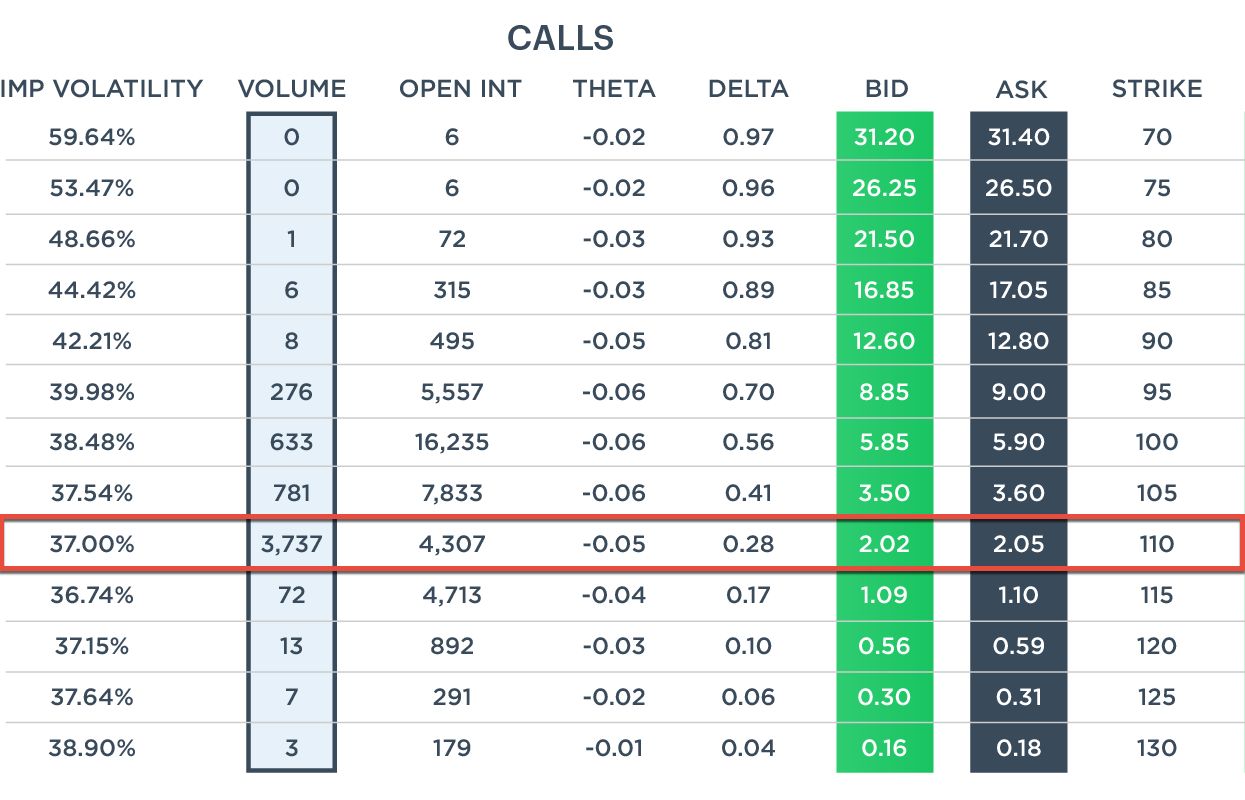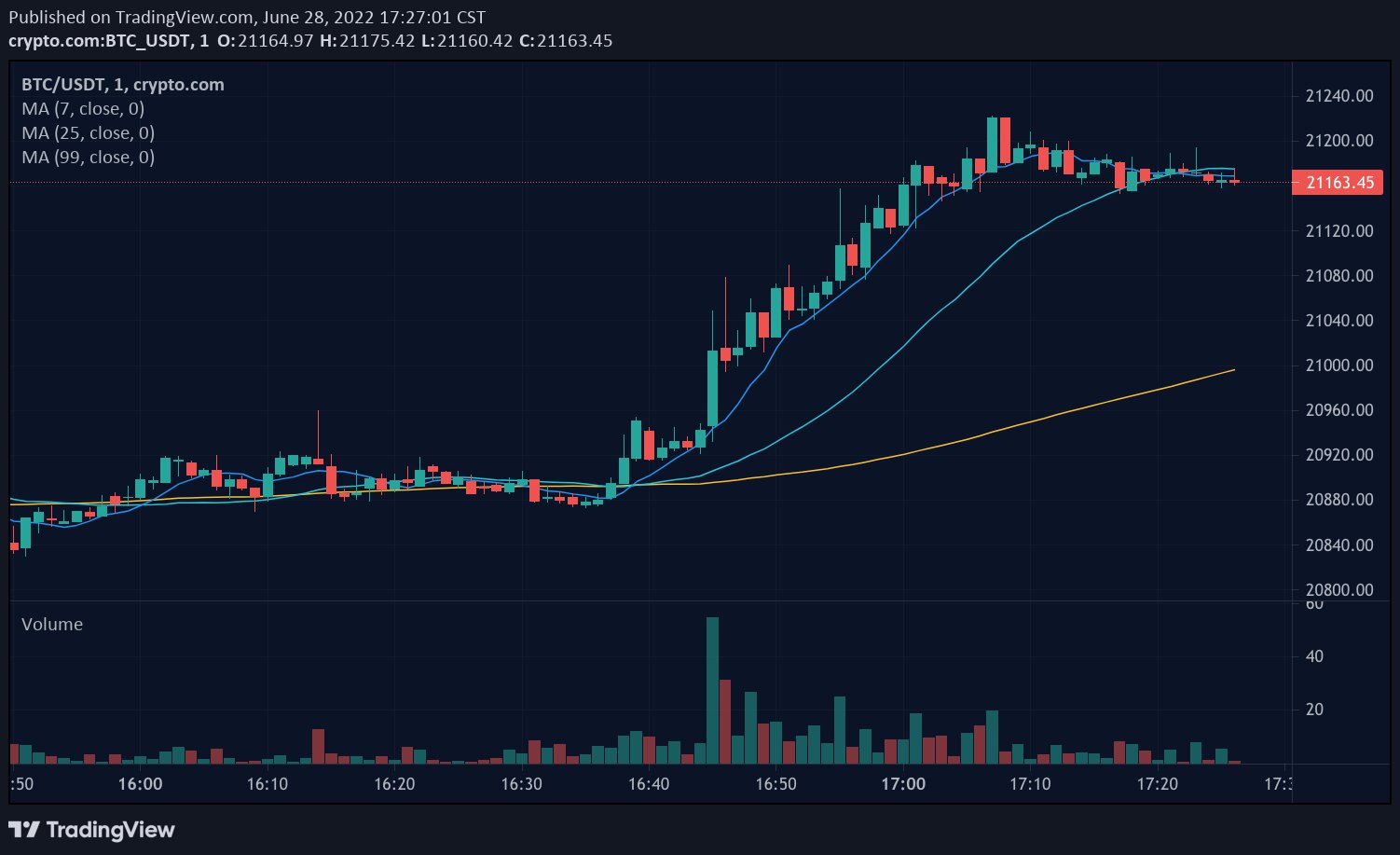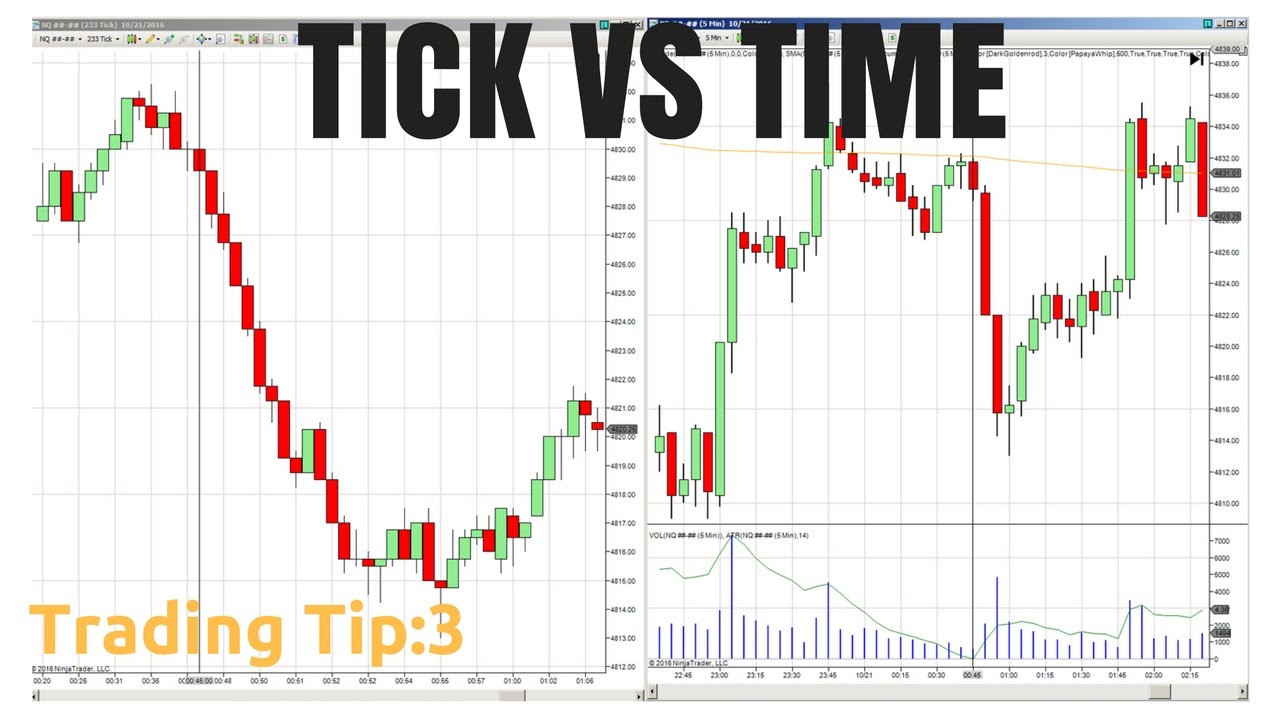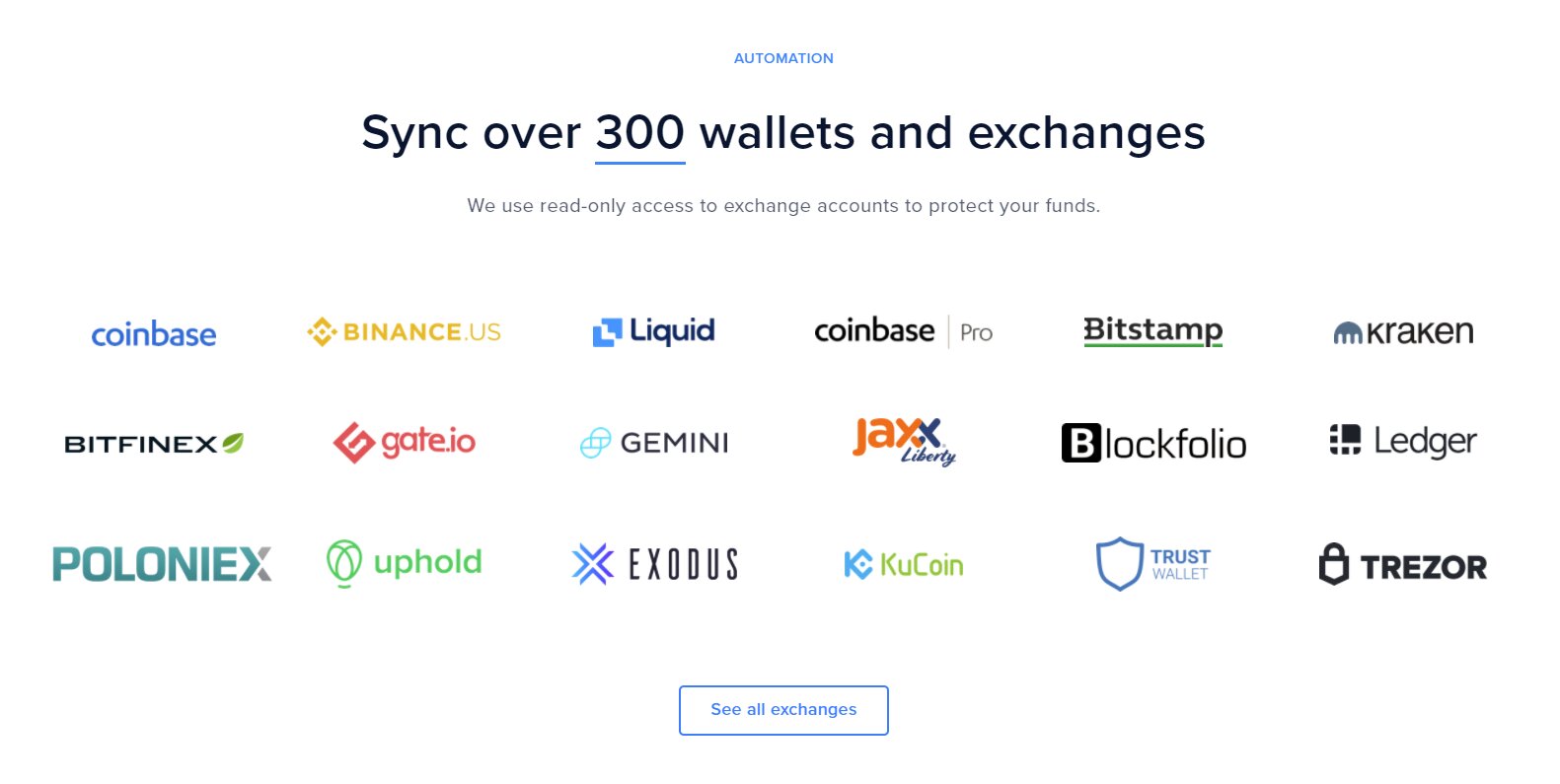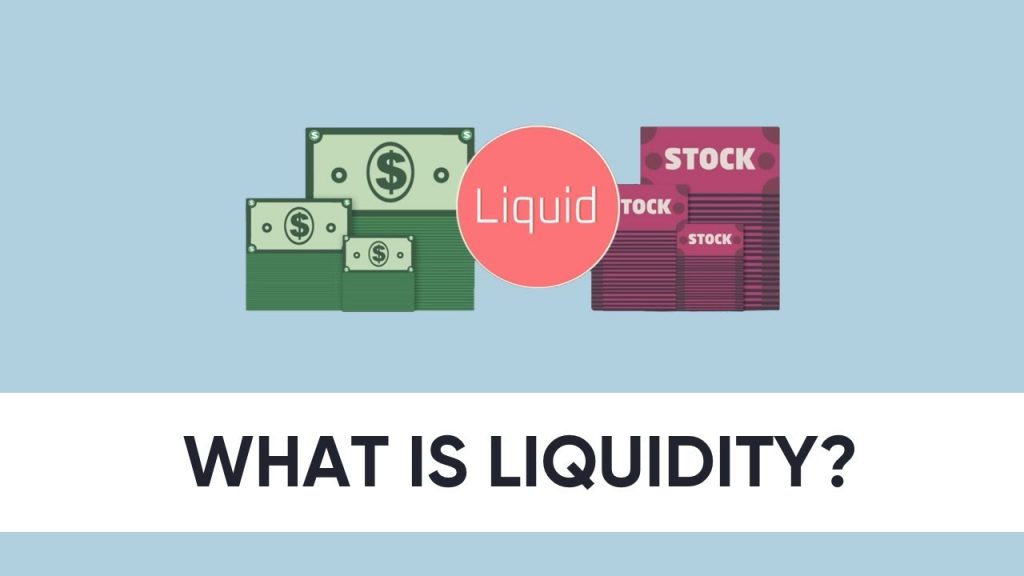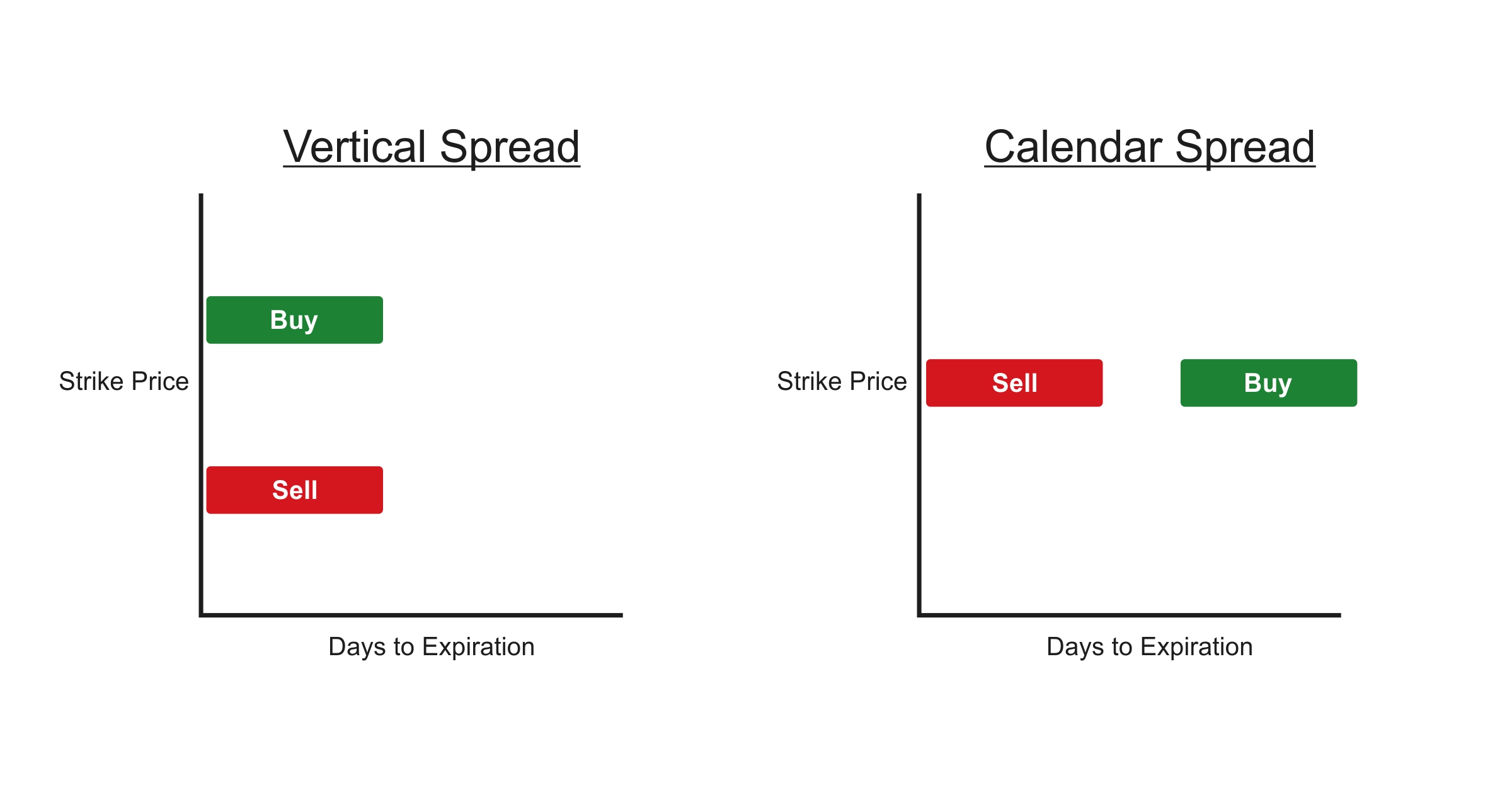Introduction
Welcome to the world of options trading, where the volatility and potential for profit are enticing to investors. As you delve deeper into this exciting financial market, you will come across various terms and concepts that may seem overwhelming at first. One such term is “volume.” In options trading, volume refers to the number of contracts traded during a specific period.
The volume in options trading is an important metric that provides insights into the level of activity and liquidity within a particular options contract. It is a measure of the interest and momentum of market participants, giving traders valuable information to make informed decisions. Understanding volume and its implications is crucial for both novice and experienced options traders alike.
In this article, we will explore the definition of volume in options trading and examine its significance in analyzing market trends. We will also discuss different ways to interpret volume and how to use volume indicators effectively in options trading strategies.
By the end of this article, you will have a clear understanding of how volume plays a vital role in options trading and how you can leverage it to make more informed trading decisions.
Definition of Volume in Options Trading
In options trading, volume refers to the total number of contracts that have been traded during a specific time period. It represents the overall level of activity and liquidity in a particular options contract. The volume is expressed as a cumulative number, counting every contract that is bought or sold.
The volume in options trading is different from the concept of volume in stock trading. Stocks measure volume by counting the number of shares traded, whereas options use contracts as the unit of measurement. Each options contract represents the right to buy or sell 100 shares of the underlying asset.
For example, if the volume for a specific options contract is 500, it means that there have been 500 contracts traded during the given time period. Since each contract represents 100 shares, the total number of shares traded would be 50,000 (500 contracts x 100 shares per contract).
Volume provides valuable information about the level of interest and activity in a particular options contract. Higher volume generally indicates greater liquidity, as there are more buyers and sellers actively participating in the market. On the other hand, lower volume suggests less activity and may result in wider bid-ask spreads, making it more challenging to enter or exit a position.
It is important to note that volume represents the total number of contracts traded, regardless of whether they are opening or closing positions. If a trader buys 100 options contracts and another trader sells 100 contracts, the volume for that specific period would be 200. It does not differentiate between buyers and sellers, only capturing the total number of contracts exchanged.
Volume in options trading is reported on a daily, weekly, or monthly basis, depending on the chosen time frame. Traders can analyze volume patterns and trends to gain insights into market sentiment and potential price movements.
Now that we have a clear understanding of the definition of volume in options trading, let’s explore why it is important in analyzing market trends and making informed trading decisions.
Importance of Volume in Options Trading
The volume in options trading plays a crucial role in understanding market trends and making informed trading decisions. It provides valuable insights into the level of activity, liquidity, and market sentiment surrounding a specific options contract. Here are some key reasons why volume is important in options trading:
1. Confirmation of Price Movements: Volume can act as a confirmation tool for price movements. When there is a significant increase in volume during an uptrend or downtrend, it validates the strength and conviction behind the price move. Higher volume during an uptrend suggests that there is strong buying interest, while higher volume during a downtrend indicates selling pressure.
2. Determining Liquidity: Volume is closely related to the liquidity of an options contract. Higher volume generally indicates greater liquidity, making it easier for traders to enter or exit positions at desirable prices. Options contracts with low volume may have wider bid-ask spreads, posing challenges for traders looking for timely executions.
3. Identifying Market Sentiment: Volume can provide insights into market sentiment and the behavior of market participants. High volume accompanied by an increase in options prices may indicate bullish sentiment, with traders expecting the underlying asset to rise in value. Conversely, high volume combined with a decrease in options prices might indicate bearish sentiment.
4. Spotting Trend Reversals: Unusual volume spikes or divergences can serve as potential signals for trend reversals. When volume deviates significantly from the average, it suggests a shift in market dynamics and potential changes in trend direction. Monitoring volume patterns can help traders spot these reversal signals and adjust their trading strategies accordingly.
5. Analyzing Option Open Interest: Volume is also closely related to option open interest, which represents the total number of outstanding options contracts. Analyzing the relationship between volume and open interest can provide insights into the overall market sentiment and the potential for changes in options positions.
Understanding the importance of volume in options trading allows traders to make more informed decisions. By analyzing trends, confirming price movements, evaluating liquidity, and identifying market sentiment, traders can effectively utilize volume as a valuable tool in their trading strategies.
Interpreting Volume in Options Trading
Interpreting volume in options trading involves analyzing the patterns and trends of volume to gain insights into market sentiment and potential price movements. Here are some key factors to consider when interpreting volume:
1. Volume Spike: A sudden and significant increase in volume can indicate a surge in interest or activity related to the options contract. This often occurs when there is a significant news release or market event that impacts the underlying asset. Volume spikes can be an indication of increased buying or selling pressure and can serve as a potential signal for a shift in market sentiment.
2. Volume Divergence: Volume divergence occurs when the price of the options contract moves in one direction while the volume moves in the opposite direction. For example, if the price is increasing, but the volume is decreasing or remaining stagnant, it could indicate a lack of conviction behind the price move. This divergence may suggest caution or potential weakness in the prevailing trend.
3. Volume Patterns: Analyzing volume patterns can provide insights into market sentiment and potential price movements. For example, a steady increase in volume along with rising prices may indicate a bullish trend, with increasing buying interest. Conversely, a decline in volume accompanied by decreasing prices might suggest a bearish trend, with waning selling pressure.
4. Volume at Support and Resistance Levels: Analyzing volume at key support and resistance levels can be useful in determining the strength of these levels. Higher volume at a support level suggests strong buying interest, potentially indicating a bounce or reversal. On the other hand, higher volume at a resistance level may indicate strong selling interest, increasing the likelihood of a price reversal or consolidation.
5. Volume Confirmation: Volume can be used to confirm the validity of price breakouts or breakdowns. When volume increases significantly during a breakout, it validates the strength of the move and suggests a higher probability of continued upward momentum. Similarly, a breakdown accompanied by high volume confirms the potential for further downward movement.
It is important to note that interpreting volume should not be done in isolation but should be combined with other technical analysis tools and indicators to make comprehensive trading decisions. Volume analysis should be used in conjunction with chart patterns, trend lines, moving averages, and other relevant technical analysis tools.
By understanding how to interpret volume in options trading, traders can gain valuable insights into market sentiment, potential price movements, and make more informed trading decisions.
Using Volume Indicators in Options Trading
Volume indicators are technical analysis tools that help traders analyze volume patterns and trends in options trading. These indicators provide valuable insights into market activity and can assist in identifying potential trading opportunities. Here are some commonly used volume indicators in options trading:
1. Volume Bars: Volume bars visually represent the volume of a particular options contract for a given time period. By comparing the height of the volume bars across different time frames, traders can identify periods of high or low volume and gauge the level of market activity. Volume bars can be used in conjunction with price charts to understand the relationship between volume and price movements.
2. On-Balance Volume (OBV): The On-Balance Volume indicator measures the cumulative volume of an options contract by adding or subtracting the volume based on the price direction. When the price closes higher, the volume is added, and when the price closes lower, the volume is subtracted. OBV helps traders assess the overall buying or selling pressure in the market and can be used to confirm price trends and potential trend reversals.
3. Chaikin Money Flow (CMF): The Chaikin Money Flow indicator combines volume and price data to measure the strength and sustainability of a trend. It assigns higher values to days with higher volume and a close above the midpoint of the day’s range. Conversely, it assigns lower values to days with higher volume and a close below the midpoint. CMF helps traders identify buying or selling pressure and can be used as a confirmation tool for potential trend reversals.
4. Volume Weighted Average Price (VWAP): The Volume Weighted Average Price indicator calculates the average price of an options contract based on the volume traded at each price level. It is often used by institutional traders to determine the average cost of their positions. VWAP can act as a support or resistance level and help traders identify potential entry or exit points based on the interaction between price and volume.
5. Accumulation/Distribution (A/D) Line: The Accumulation/Distribution Line calculates the accumulation or distribution of an options contract based on the relationship between the closing price and the trading range. It assigns more weight to days with a higher close within the trading range, indicating accumulation. Conversely, it assigns more weight to days with a lower close within the trading range, indicating distribution. The A/D line can help traders identify the strength of buying or selling pressure and potential trend reversals.
These are just a few of the many volume indicators available to options traders. Each indicator provides unique insights into market activity and can be used to complement other technical analysis tools. Traders can adjust the settings and parameters of these indicators to align with their trading strategies and preferences.
By incorporating volume indicators into their analysis, options traders can gain a deeper understanding of market sentiment, potential price movements, and make more informed trading decisions.
Analysis of High Volume Options
High volume options are contracts that have experienced a significant increase in trading activity compared to their average volume. Analyzing high volume options can provide valuable insights into market sentiment, potential price movements, and trading opportunities. Here are some aspects to consider when analyzing high volume options:
1. Increased Liquidity: High volume indicates increased liquidity, which makes it easier for traders to enter or exit positions at desirable prices. The higher the volume, the tighter the bid-ask spreads, reducing the impact of transaction costs on trading profits. When trading high volume options, it is important to pay attention to the liquidity of the underlying stock or index to ensure efficient order execution.
2. Market Interest and Attention: High volume options often attract attention from market participants, including institutional traders, hedge funds, and retail investors. The surge in trading activity suggests increased market interest and may indicate significant news or events surrounding the underlying asset. Analyzing high volume options can help traders identify potential catalysts and stay informed about market sentiment.
3. Potential Price Breakouts: High volume options can be an indication of potential price breakouts. When the volume increases significantly and is accompanied by a corresponding increase in options prices, it suggests strong buying interest and upward momentum. Traders can monitor these high volume options for potential bullish opportunities and consider entering positions to ride the anticipated upward price movement.
4. Overbought or Oversold Conditions: High volume options can also indicate overbought or oversold conditions in the market. When options experience a surge in trading activity and the corresponding prices reach extreme levels, it may suggest that the market is nearing a reversal. Traders can use technical indicators, such as the Relative Strength Index (RSI) or Bollinger Bands, in conjunction with high volume options to identify potential overbought or oversold conditions.
5. Unusual Options Activity: High volume options can also be a result of unusual options activity, such as large block trades or significant options orders. Unusual options activity may indicate the presence of informed traders or large institutional players positioning themselves for potential market moves. Analyzing high volume options in conjunction with other market data and news can help identify potential trading opportunities resulting from unusual options activity.
When analyzing high volume options, it is important to consider other factors such as price trends, market news, and technical indicators to make well-informed trading decisions. Traders should also evaluate risk-reward ratios and properly manage their positions to mitigate potential risks associated with trading high volume options.
By paying attention to high volume options and conducting thorough analysis, traders can potentially uncover trading opportunities and capitalize on market trends and movements.
Analysis of Low Volume Options
Low volume options are contracts that have experienced relatively low trading activity compared to their average volume. Analyzing low volume options can provide valuable insights into market dynamics, potential price movements, and trading opportunities. Here are some important aspects to consider when analyzing low volume options:
1. Reduced Liquidity: Low volume options often indicate reduced liquidity, which can make it more difficult for traders to enter or exit positions at desirable prices. The wider bid-ask spreads associated with low volume options can increase transaction costs and potentially impact profitability. Traders should exercise caution when trading low volume options to ensure efficient order execution.
2. Market Indifference: Low volume options may suggest a lack of interest or attention from market participants. When trading volumes are low, it typically indicates that there is less activity and market indifference towards the underlying asset. This could be due to a lack of significant news or events impacting the market. Traders should be aware of this sentiment and consider waiting for increased volume or catalysts before entering positions in low volume options.
3. Potential Breakouts or Breakdowns: Low volume options can also present potential opportunities for breakouts or breakdowns. When trading volumes are low, it indicates a lack of conviction or interest. However, a sudden increase in volume accompanied by a corresponding price movement can signal the beginning of a new trend. Traders can monitor low volume options for potential breakouts or breakdowns and consider entering positions if the volume starts to increase significantly.
4. Illiquid Options: Low volume options can be illiquid and may lead to challenges in executing trades. It is important for traders to assess the liquidity of the underlying stock or index before trading low volume options. Illiquid options can result in wider bid-ask spreads, making it difficult to trade at desired prices. Traders should carefully evaluate the associated risks and potential impact on their trading strategies.
5. Contrarian Opportunities: Low volume options can present contrarian opportunities for traders who are willing to take a counter-trend position. When market sentiment is low and trading volumes are subdued, it may indicate an oversold or overbought condition. Traders can use technical indicators, such as oscillators or support and resistance levels, in conjunction with low volume options to identify potential contrarian opportunities.
When analyzing low volume options, it is essential to consider other factors such as overall market trends, news events, and technical indicators to make informed trading decisions. It is crucial to manage risk prudently and employ appropriate risk management strategies when trading low volume options.
By carefully evaluating low volume options and utilizing comprehensive analysis, traders can potentially identify unique trading opportunities and capitalize on market dynamics and potential price movements.
Conclusion
The volume in options trading is a critical factor that provides valuable insights into market activity, liquidity, and market sentiment. Analyzing volume patterns and trends can assist traders in making informed decisions and identifying potential trading opportunities.
Throughout this article, we have explored the definition of volume in options trading and its importance in analyzing market trends. We have also discussed how to interpret volume, use volume indicators effectively, and analyze both high and low volume options.
Understanding volume in options trading allows traders to gauge market sentiment, confirm price movements, and identify potential reversals or breakouts. By analyzing volume alongside other technical analysis tools, traders can gain a deeper understanding of market dynamics and enhance their trading strategies.
It is important for options traders to consider other factors such as price trends, news events, and technical indicators when analyzing volume. Incorporating a comprehensive approach to market analysis can help traders make well-informed trading decisions and manage risk effectively.
In summary, volume is a key element in options trading that should not be overlooked. By understanding how to interpret and analyze volume, traders can gain a competitive edge in the options market and improve their chances of success.







